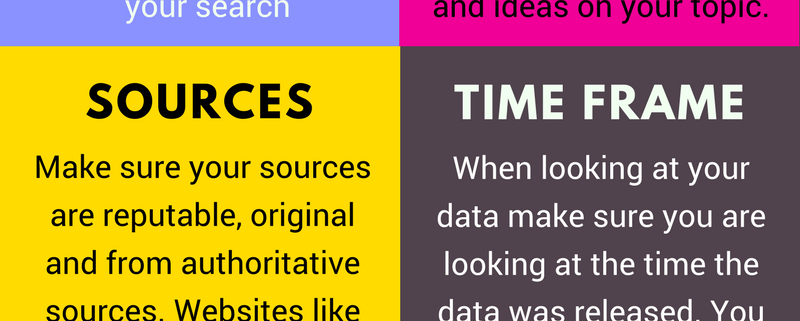When working in an industry like social media you can’t create strategies for the present. By the time you complete your marketing strategy, all the tools and networks you rely on will have changed. In order to be strategic and be ahead of your competitors, you have to look into the future. What trends are on the horizon for social media? What’s coming next that we need to prepare for? Here’s what we think:
Step 1: Build an Ark
Nobody should “own” social media strategy in your organization. Social impacts all corners of the company, and should be more like air (everywhere) than like water (you have to go get it). Thus, the first step in the process is to create a cross-functional team to help conceive and operate the rest of the strategy.
Step 2: Listen and Compare
It’s an old social media strategy chestnut by now, but “listen” is still good advice that’s often ignored. The reality is that your customers (and competitors) will give you a good guide to where and how you should be active in social media, if you broaden your social listening beyond your brand name.
Step 3: What’s the Point?
Yes, you can use social media to help accomplish several business objectives. Butthe best social media strategies are those that focus (at least initially) on a more narrow rationale for social. What do you primarily want to use social for? Awareness? Sales? Loyalty and retention? Pick one.
Step 4: Select Success Metrics
How are you going to determine whether this is actually making a difference in your business? What key measures will you use to evaluate social media strategy effectiveness? How will you transcend (hopefully) likes and engagement? Will you measure ROI?
Step 5: Analyze Your Audiences
With whom will you be interacting in social media? What are the demographic and psychographic characteristics of your current or prospective customers? How does that impact what you can and should attempt in social media?
Step 6: What’s Your One Thing?
Passion is the fuel of social media.
It doesn’t matter who you are, or what you sell, your product features and benefits aren’t enough to create a passion-worthy stir. How will your organization appeal to the heart of your audience, rather than the head? Disney isn’t about movies, it’s about magic. Apple isn’t about technology, it’s about innovation. What are you about?
Step 7: How Will You Be Human?
Social media is about people, not logos.
The mechanics of social force companies to compete for attention versus your customers’ friends and family members. Thus, your company has to (at least to some degree) act like a person, not an entity. How will you do that?
Step 8: Create a Channel Plan
Only after you know why you’re active in social at all, and how you’ll measure social media strategy success should you turn your attention to the “how” of Facebook, Twitter, Tumblr and the rest. This channel plan should be distinct, in that you have a specific, defensible reason for participating in each.







